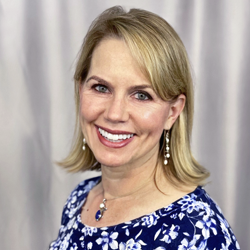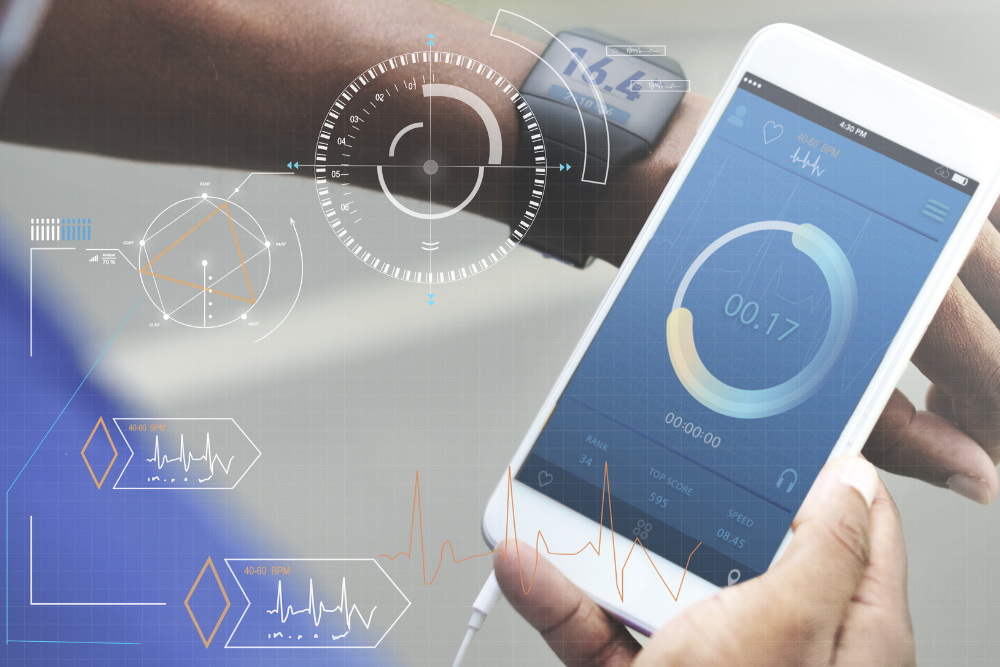A few weeks ago, I had the great pleasure of interviewing Dr. Charles Van Duyne, Chief Medical Information Officer at USMD Health System, for AMGA’s annual IQL conference. Dr. Van Duyne has more than 30 years’ experience as a clinician and leads population health management efforts for USMD’s 250 providers across North Texas.
During our discussion, we touched on topics related to quality improvement and healthcare innovation, particularly in the wake of the ongoing COVID-19 pandemic. Below, I’ve summarized three of Dr. Van Duyne’s responses, including how USMD Health System is navigating new avenues of care presented by advancing technology. Our full interview is available to watch on demand here.
Where are innovation and technology headed in healthcare?
The pandemic laid the groundwork for fast innovation, particularly around technologies like telemedicine. Before, telemedicine had single-digit utilization, even though some organizations, including large health systems like Kaiser Permanente, were already on board with virtual care processes. Many more now realize how valuable it can be. As we’re coming back into the office, we need to figure out where telemedicine fits within our overall strategy. We’re moving from a short-term, tactical approach for telemedicine to a long-term telehealth strategy.
As an industry, we pivoted very rapidly to a reliance on telemedicine in response to barriers created by the pandemic. It wasn’t as elegant as other implementations, but it got the job done and ensured people received timely care. Now, we can go back and take time to figure out what worked, what didn’t, and what we want to continue doing in the future. This will vary from organization to organization depending on their payer mix, goals, and many other factors. Technology plays a role in facilitating this, but technology is just one part of a larger system involving people, processes, and organizations.
What is the current state of remote patient monitoring and how will technology advance to provide better health?
A temptation when a new technology comes online is to use it for everything. Initially, there needs to be a level of experimentation to see where it fits best. Some technologies have obvious use cases, but then there are some where we haven’t thought of the use case yet, so experimentation is justified. Step back and ask, what is the business problem we are trying to solve? Do we need additional information for the visit? Is the patient one who needs closer monitoring? Examine where to apply RPM in the clinical space that makes the most sense in providing value, better care, and engagement to the patient.
One of the areas where RPM can be helpful is for patients who are homebound for medical reasons. During COVID, we had many patients who were not comfortable coming into an office setting. We ran a program where, for scheduled appointments, we would deliver a device with a set of peripherals to the patient so they could interact with the physician. We would then retrieve the equipment several hours later. We’re also piloting a program whereby the patient keeps the device and can remain in constant contact with their health coach or care provider to help them improve their medical condition.
With the decrease of preventative health screenings, what is your organization doing to address Annual Wellness Visit (AWV) compliance?
Step one is identifying the patients you need to reach out to, who you need to focus on, and what those individuals need. Software supports this by providing us with lists of priority patients. Rather than us hunting that information down, we can spend our time focusing on patient care. We have a very strong team that manages our ACOs, which have performed well because we have the tools in place to help our teams identify the patients they need to be reaching out to.
Healthcare organizations have a huge number of patients they are responsible for, but only a smaller subset of patients are the ones to focus resources on. There are three buckets of patients: the ones that are fine and don’t require many resources, and the ones that have a lot of medical conditions and therefore need many resources. Then there’s the group in the middle called “rising risk.” If you can dig into that group and identify potential candidates for early intervention, you can keep them from moving into the group with higher utilization. Paramount to that is having a tool to help you identify those patients.
———————————————————————————-
Thank you to Dr. Van Duyne for speaking with me on such important topics. I look forward to seeing everyone in person for AMGA IQL in 2022!

Shelley Davis, MSN, RNC, CCM is Lightbeam’s Vice President of Clinical Strategy.
